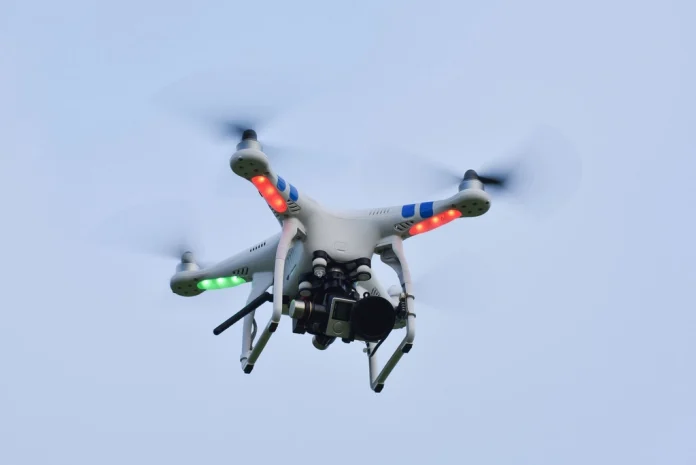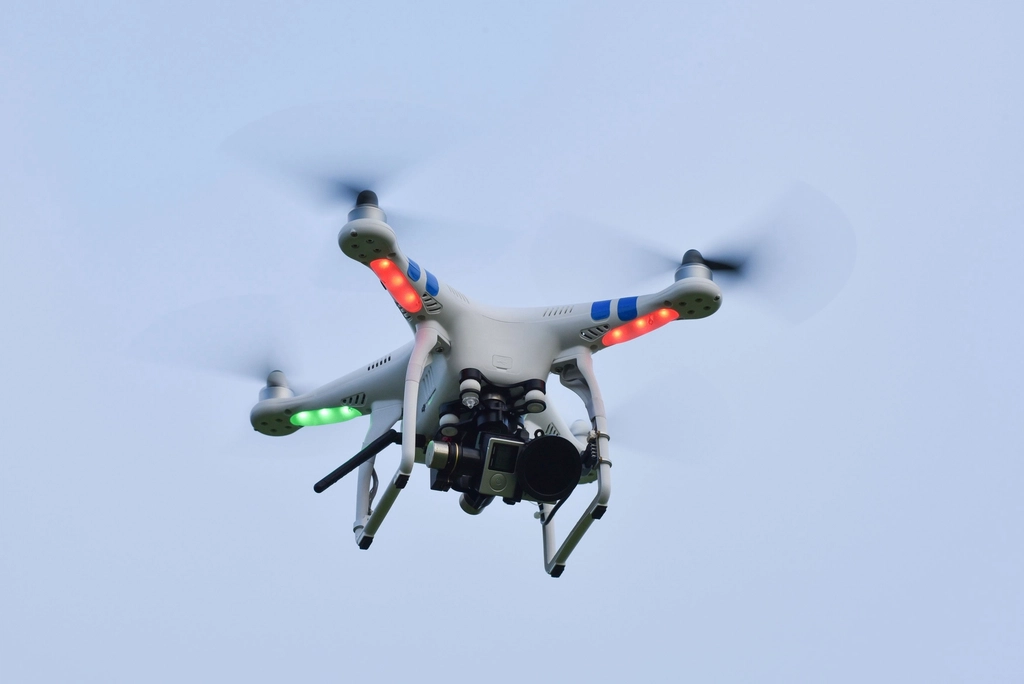
In the course of an escalation of conflict, at least one individual died in Russia’s Belgorod province from a Ukrainian drone attack, the province’s governor, Vyacheslav Gladkov, has stated. The fatal attack, which involved a vehicle targeted in the Oktyabrsky district close to the border with Ukraine, represents a sharp escalation of the cross-border fighting that has characterized the war to date between Russia and Ukraine.
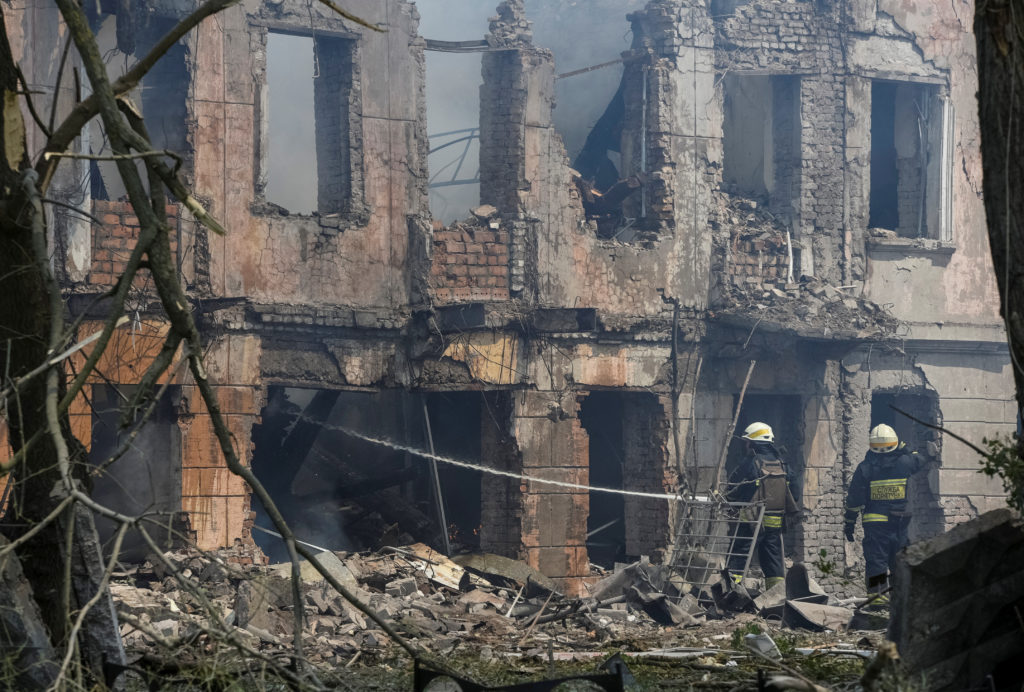
1. Belgorod’s Vulnerable Geography
Belgorod’s proximity to the Ukrainian border exposes it to immediate reach by short- and medium-range strike systems. This environmental reality makes the territory susceptible to quick cross-border attack with minimal warning to civilians and defence systems. Little natural cover exists in the vast open spaces, so early warning and rapid interception are crucial in evading casualties.
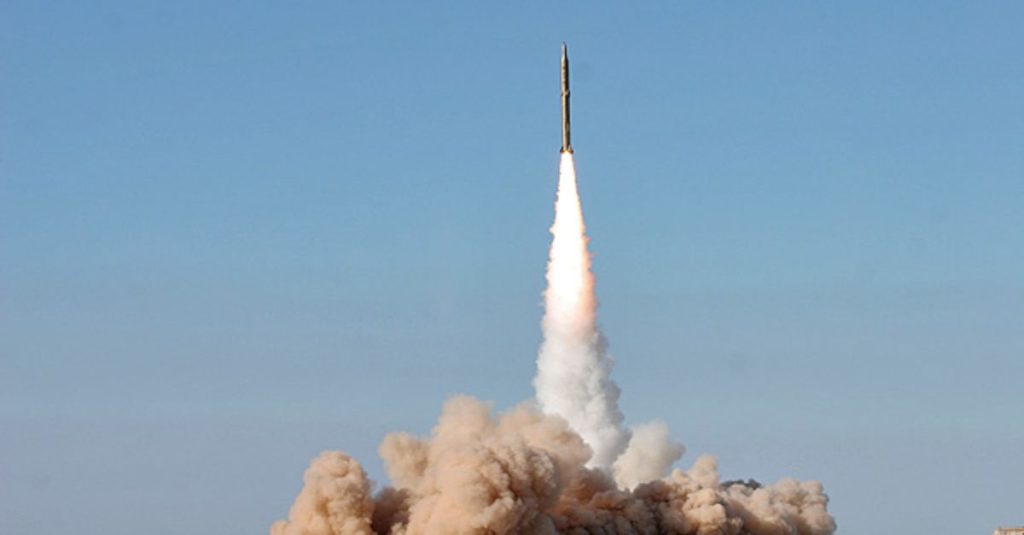
Belgorod, a Russian province in northwestern Russia, has faced increasing pressure due to the incidents attributed to the war neighboring Ukraine. Governor Gladkov described the atrocious aftereffects of the attack and stated that the missile killed a woman outright, while her relatives sustained injuries from shrapnel. The attack followed a similar incident a day earlier in the same week when a woman and her four-year-old daughter were both assassinated in a drone strike on a car that was passing by in Oktyabrsky.
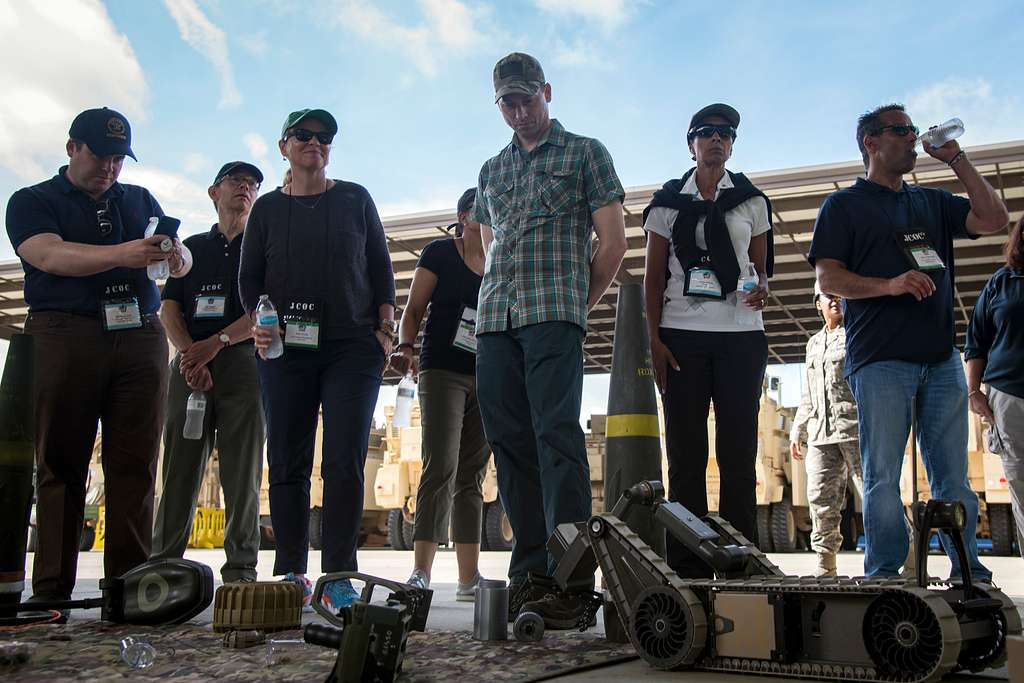
2. Rise in Civilian-Oriented Strikes
Current attacks on Belgorod indicate a new pattern of attacks on civilian targets, either as a result of intentional action or as a consequence of military attacks. Automobiles, residential buildings, and public facilities have been increasingly exposed to attack. These events raise tensions, fuel public indignation, and risk drawing the war into a retaliatory cycle.
Russian defense officials reported that their air defenses had pushed off a guided missile and other drones over Belgorod and another drone over the neighboring Kursk region. These are not singular incidents but are part of a give-and-take exchange as war widens its scope inside and outside Ukraine’s borders.
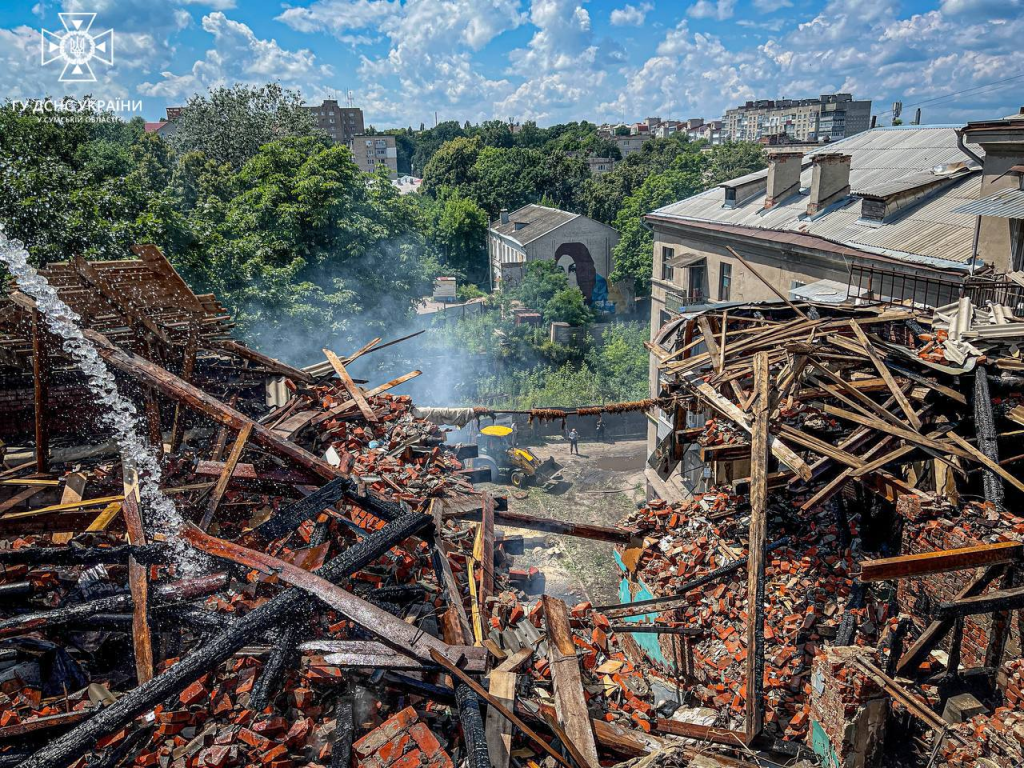
3. Drone Warfare’s Strategic Role
Drone warfare is a signature of the war, capable of soaring above traditional defence lines and striking deep within enemy territory. Duality renders them ideal for reconnaissance and precision strikes that force competitors to respond quickly. In Belgorod’s case, persistent drone strikes have made Russian troops deploy additional electronic warfare teams and air defence systems into service.
On the Ukrainian border, the Kharkiv region has been hit by ongoing Russian shelling, leaving its residents shocked by the destruction. Infrastructure within the city has also come under attack, and attacks have provoked acute stress reactions on the part of the population.
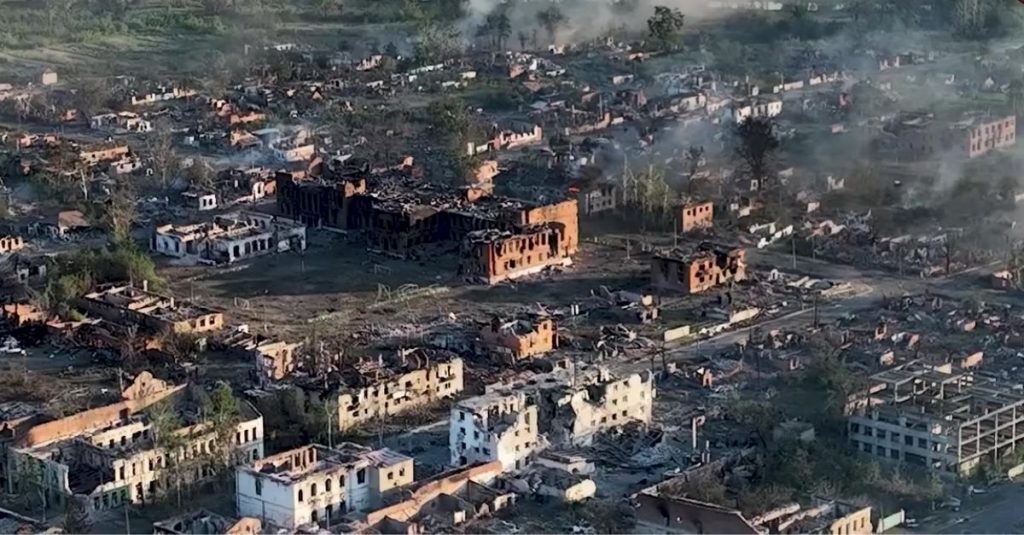
4. Humanitarian and Psychological Impact
In Belgorod as well as Kharkiv, the civilian population faces the risk of physical harm and psychological stress. Air alarms, indiscriminate explosions, and insecurity about safety disrupt everyday life and weaken social stability. The psychological toll that follows is increased anxiety, depression, and emigration from the most risky areas, which affects long-term regional population.

The deadly tug-of-war continued raging with Ukraine forces downing a significant number of Russian drones, demonstrating an adamant rejection of Russia’s aerial assault. President Volodymyr Zelenskyy took this backdrop to make a desperate appeal to the allies to supply more robust air defense systems as well as fighter aircraft. “Unfortunately, the free world remains inefficient in these two aspects,” Zelenskyy reaffirmed, detailing the need for better systems like ‘Patriots’ to protect Eastern Ukrainian cities.

5. External Military Support Dynamics
Ukrainian demands for advanced systems such as Patriot missile defenses reaffirm its dependence on ongoing Western military aid. The timing and scale of assistance significantly influence Ukraine’s capacity to defend itself. The delayed nature of the equipment might render cities unacceptable, while prompt assistance has the potential to tip the balance in contested areas like Kharkiv.
This call for help comes after there has been organized effort by defence chiefs, led by U.S. Defence Secretary Lloyd Austin, to give Ukraine military aid on a steady basis. The defence secretary vowed the delivery of high-priority defence supplies to Ukraine, including air-defence systems and armoured vehicles, after a massive aid package sanctioned by the U.S. Congress and President Joe Biden.
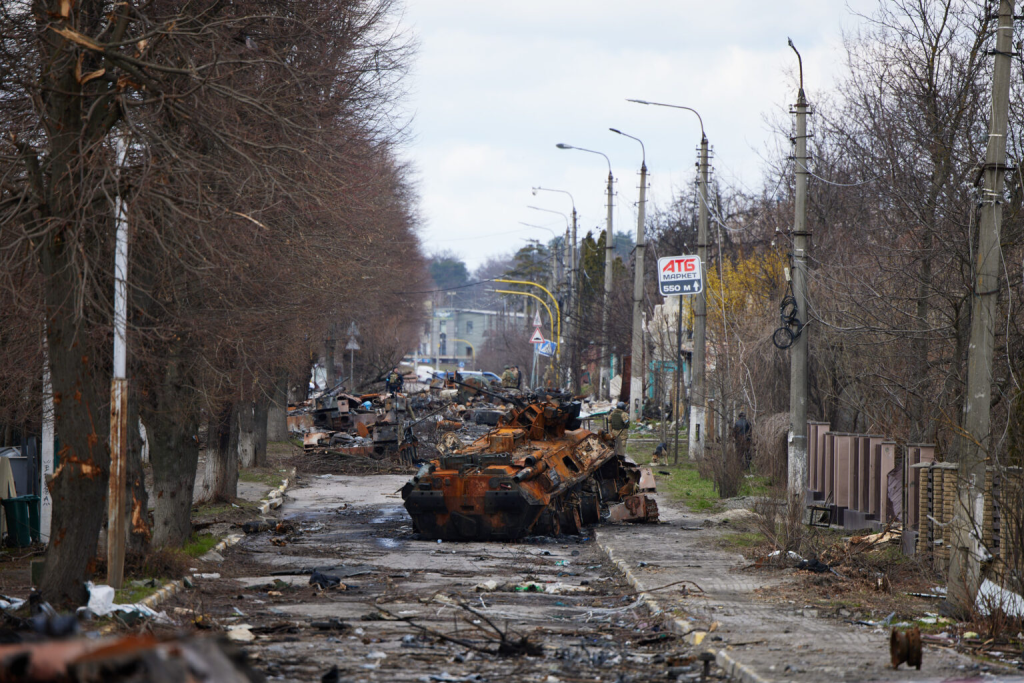
6. The Buffer Zone Strategy
The argument of President Putin that fighting in the Kharkiv area is aimed at creating a “buffer zone” is an outdated military strategy intended to keep frontier zones out of artillery and drone range. But these actions have a tendency to escalate conflict by pushing the front line deeper into contentious territory, and thus possibly to more violent combat and more destabilisation.
The tit-for-tat series of such attacks implies a strategic movement in the larger theater of war. Russian President Vladimir Putin, during a visit to China, stated that Moscow’s movement in the Kharkiv area was meant to create a buffer zone and did not involve intentions of capturing the city itself. The move, asserted Putin, was triggered by Ukrainian shelling of the Belgorod area. Ukrainian retaliation has been to strike back with drone strikes, like against Crimea, on Russian military installations and drawing Russian forces thinner across multiple fronts.
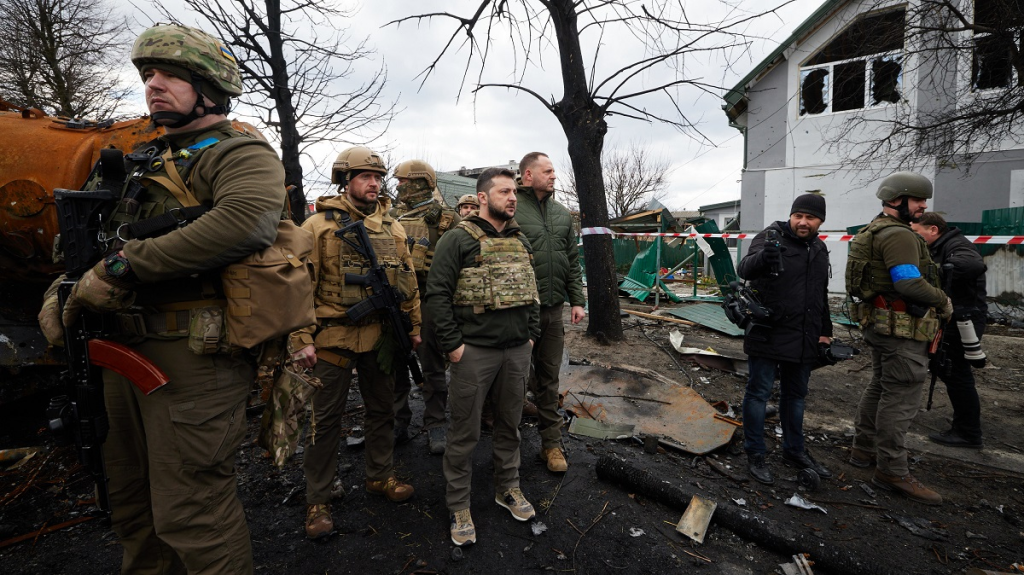
7. Risks of Escalation and Diplomatic Consequences
Cross-border civilian casualties risk going off the rails of diplomatic negotiations and making both parties intransigent. These strikes for Ukraine are retaliatory and deterrent but stand the risk of alienating international allies who are worried about civilian losses. For Russia, however, it is possible to use these events to justify more intensive operations and thereby move closer to diplomacy.
